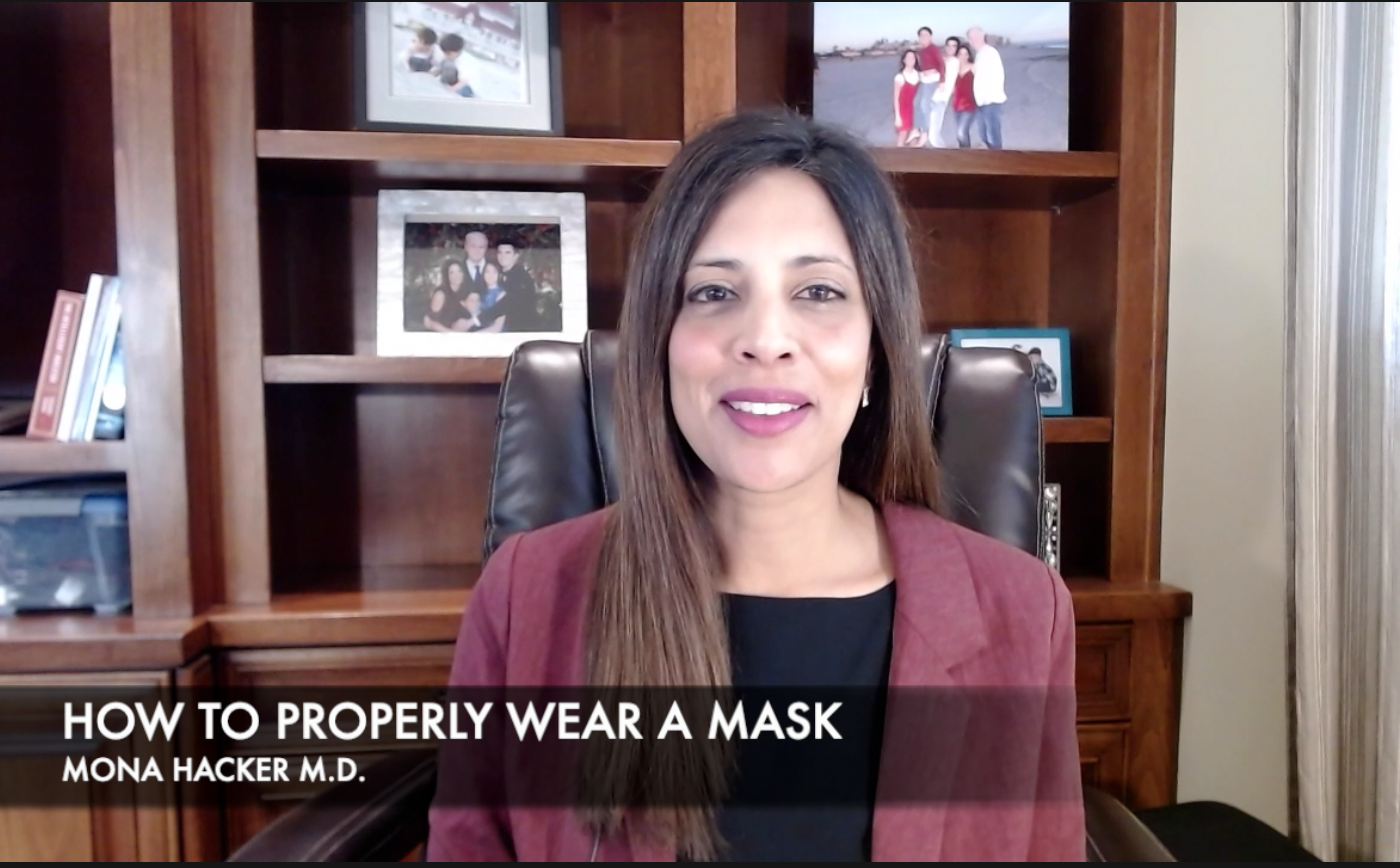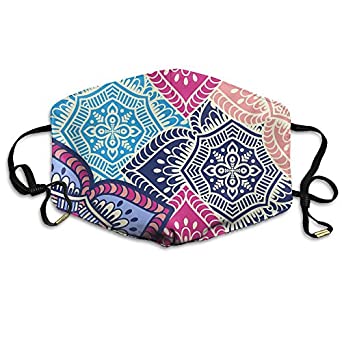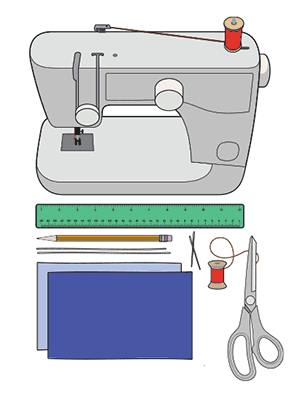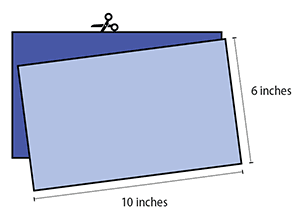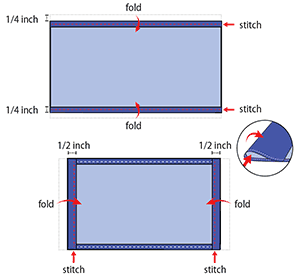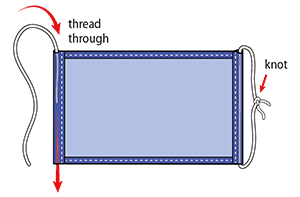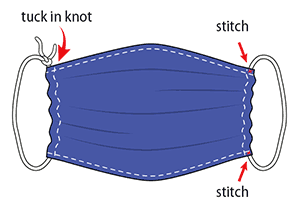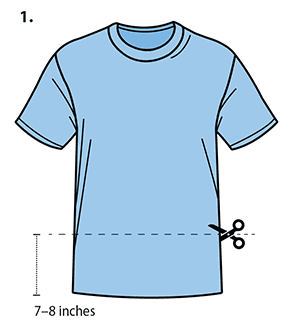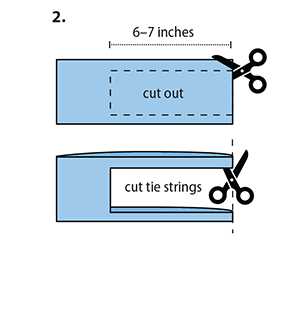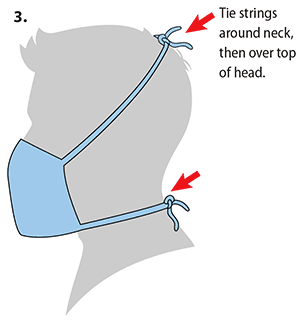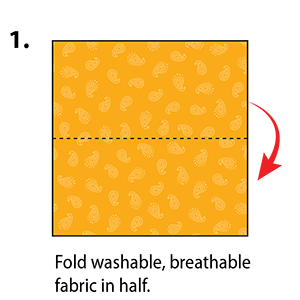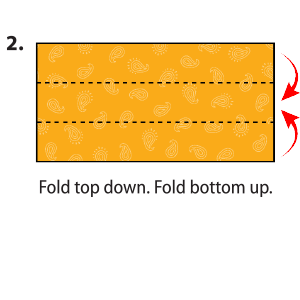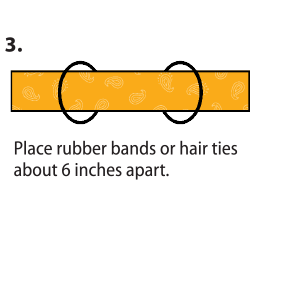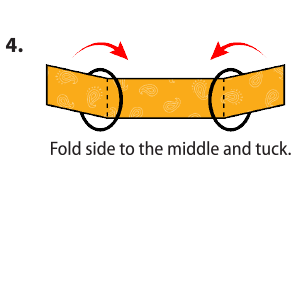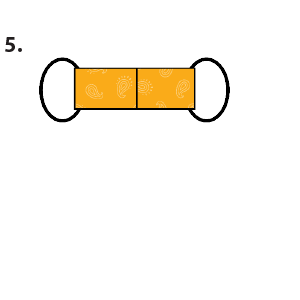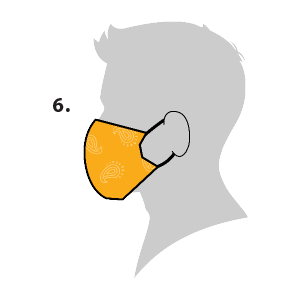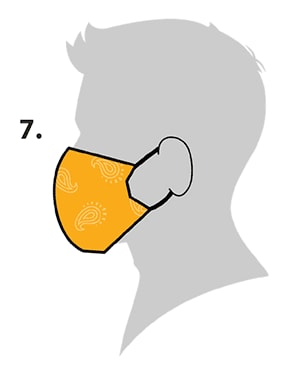Pediatric Multisystem Inflammatory Syndrome or PIMS and Coronavirus
A mysterious illness in children has been observed around the world called Pediatric Multisystem Inflammatory Syndrome, or PIMS. It has been thought to be related to Covid-19. Physicians worldwide have observed this new condition in regions with a higher concentration of covid-19 cases. It was first observed in New York and in Europe. Until a month ago, the pediatric population represented a small percentage of documented and confirmed Covid cases . For the most part children had really been spared from major symptoms with the vast majority not presenting with the signs of the illness. And now this new illness changes the risks for children.
To date, three children in the United States have died from Pediatric Multisystem Inflammatory Syndrome, or PIMS. Most children that contract this condition seem to recover well. Despite only a few very serious cases, there are extensive comments regarding it by the World Health Organization.
The constellation of symptoms initially appears quite similar to other inflammatory conditions like Kawasaki’s Disease or toxic shock-like syndrome. As physicians looked more closely, they began to see differences.
These children, when tested, showed the presence of coronavirus antibodies, suggesting a prior infection with the virus, potentially two to four weeks earlier, and then presenting to the emergency room.
Symptoms of PIMS
 Children presenting with PIMS are usually quite sick.
Children presenting with PIMS are usually quite sick.
Fever is typically present for several days. Lymph nodes can be enlarged. Parts of the body begin to turn red: The whites of their eyes, their hands, feet, mouth and tongue. Swelling of the hands and feet are also sometimes present and a rash may appear. Again, these children appear quite ill. They are often admitted to the intensive care unit.
The age range of children is broader than other conditions like Kawasaki’s syndrome where kids are usually under the age of five.
Treatment of Pediatric MultiSystem Inflammatory Syndrome
Acute treatment of PIMS is typically with similar medications to those used for other inflammatory conditions. This includes immunoglobulin infusion and steroids. Fortunately, these treatments are usually successful.
As of yesterday, Children’s Hospital of Los Angeles reported four cases with one child still in the ICU.
It is important to be aware of the signs and symptoms but it is not time to panic. Remember this is a rare disease.

